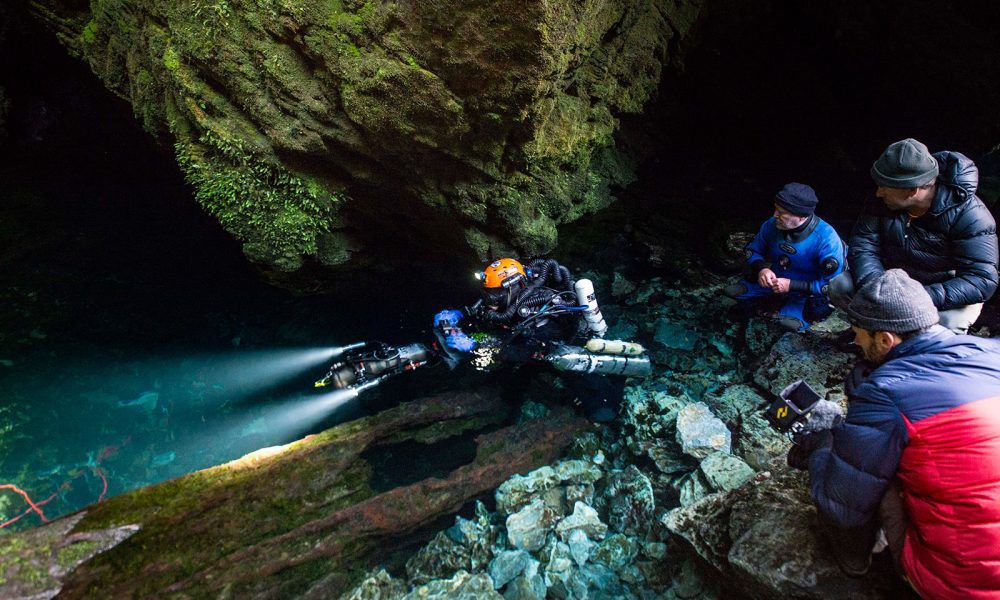…the dive was dangerous—not just to Harris who was risking his life, but for the people who supported him were risking a hit to their reputations and worried their friend may not return home. Harris and his team put it all on the line…
As fascinating/impressive as this was, I have to say- the way it was conducted seems a bit irresponsible to me. It’s admirable to be a pioneer and all, but I couldn’t help thinking about his spouse, too- not sure if he has kids. Diving to 750 feet on your first test is not exactly a methodical approach.







